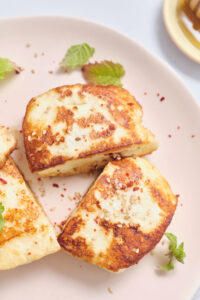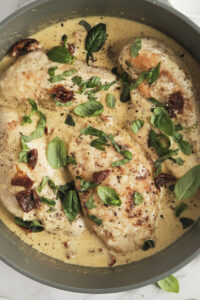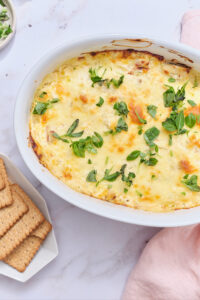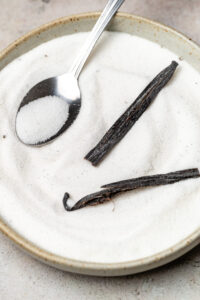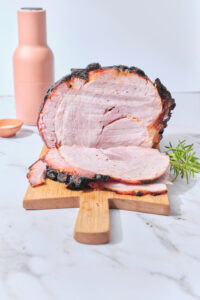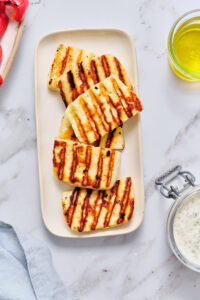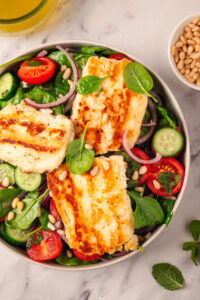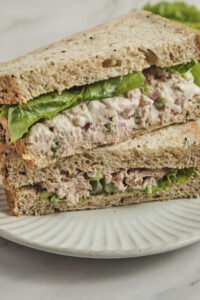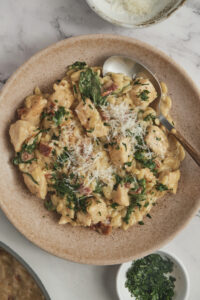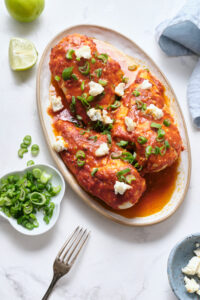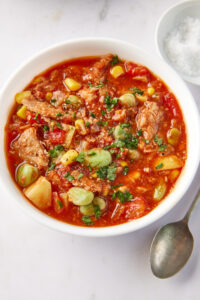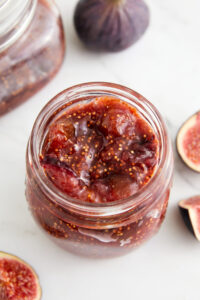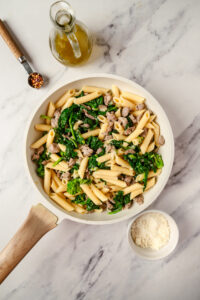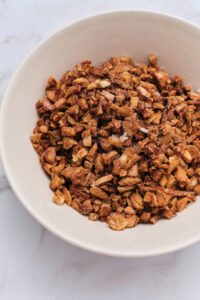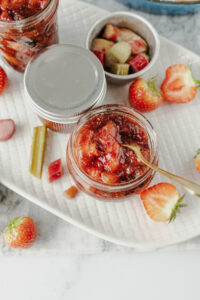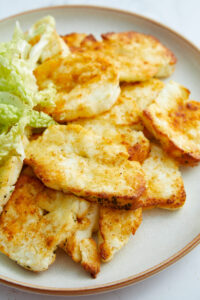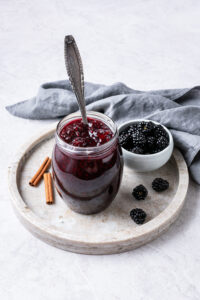Give homemade buns a boost by adding potatoes—perfect for burgers, sandwiches, or alongside dinner.
Table of Contents
Are Potato Buns Healthy?What Makes Russet Potatoes Different From Other Varieties?FAQs & TipsServing SuggestionsPotato Buns
Potatoes are one of the most versatile ingredients ever. There are so many ways to transform a humble potato into a delicious dish. We’re all familiar with how yummy they are when fried, mashed, baked, scalloped—I could go on. But did you know you can use potatoes as an ingredient in bread, too? In fact, versions of potato bread have been around since at least the 18th century, so you can rest assured it’s been tried and tested. This recipe puts a twist on it, letting you enjoy delectably soft, slightly sweet potato bread in the form of a bun.
For any meal that warrants a nice bread or roll on the side, this recipe for potato buns is the perfect way to impress your fellow diners. It’s recipes like this one—elevated yet rustic—that remind me why I love home cooking so much more than store-bought alternatives.
Some recipes for potato bread call for the use of potato flour, but this one uses real potatoes. You’ll cook then mash the spuds, saving some of the water you boil them in. Granulated sugar adds a slight sweetness to the flavor profile of these buns while the natural starchiness of the potatoes lends them a moist and pillowy texture that just about melts in your mouth.
You’ll also need active dry yeast, unsalted butter, eggs, salt, and all-purpose flour. I like to add sesame seeds on top of the buns for a decorative touch and a little extra flavor, but this is optional.
Are Potato Buns Healthy?
These potato buns are bread, so if you’re watching your carbs, this might not be the recipe for you. However, carbs aren’t necessarily unhealthy, as long as they’re consumed in moderation with other foods. In fact, they’re an important part of most complete diets and give you energy throughout the day. Plus, the addition of potatoes brings other nutrients that aren’t usually found in bread, like potassium. Ultimately, it’s best to use your own judgment about whether potato buns fit your dietary needs.
What Makes Russet Potatoes Different From Other Varieties?
Different types of potatoes will work better depending on what kind of dish you’re making. In the case of these potato buns, russet potatoes are the best option since they are mild in flavor and high in starch content, which helps them become fluffy when baked. Exactly the texture you want for your bread! Other varieties are likely to alter the outcome of this recipe. For example, Yukon Golds—an all-purpose tater with medium starch—will yield a slightly denser, creamier bun. Red potatoes are too waxy and low in starch for these buns, so save them for dishes where you want the potato to hold its shape, like salads, or as boiled potatoes.
FAQs & Tips
If you have leftover potato buns, you can store them in an airtight container at room temperature or in the fridge for up to 3 days. You can also store them in the freezer for up to 2 months. I prefer to do so in a freezer-safe plastic bag. Defrost the buns at room temperature before you’re ready to eat, then reheat in the oven at 300 degrees Fahrenheit, if desired.
Yes! Simply follow all the steps of the recipe until you’re ready to put the buns in the oven. Once the second rise has taken place—after you’ve rolled the dough into balls and rested them on your baking sheet—you can cover the sheet and buns with plastic wrap and put it in the fridge until you’re ready to bake. I wouldn’t recommend keeping them in the fridge for any longer than overnight.
When kneading bread dough, you want it to become stretchy and elastic by developing gluten, which will result in light, fluffy bread. Under-kneading may result in dense buns that don’t rise well, and over-kneading can make the bread tough. So, how do you know if your dough is kneaded correctly? If you’re unsure, you can do the window pane test: Take a small piece of dough and gently flatten it, then stretch it out until it’s thin enough that you can see light through it. If it stretches to this point and doesn’t break, your dough is properly kneaded. If the dough tears, knead it a bit more.
Serving Suggestions
If you like to serve bread with certain meals, these potato buns can be a great alternative to a traditional dinner roll. Pair them with anything from Crock-Pot White Chicken Chili to Salmon And Asparagus to Delicious Stuffed Butternut Squash.
But they’re also fantastic dressed up for burgers and sandwiches! Whether you’re a meat-eater, pescatarian, or vegetarian, this recipe for potato buns pairs with any kind of burger. These Avocado Burgers, these Salmon Burgers, or a meatless Falafel Burger would all be delicious ways to make the most of your homemade bread.
Potato Buns
Ingredients
Instructions
Nutrition
The post Potato Buns appeared first on Food Faith Fitness.

